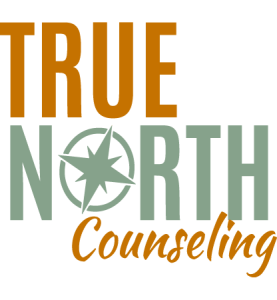Out of the Darkness
Hank Buckwalter, his wife, Chelsea, and Rommie and I participated in the Out of the Darkness Walk this past weekend at Waterfront Park.
It can be emotionally overwhelming to be in a gathering of people that are celebrating the lives and passing of their loved ones. I listened as the “Honor Beads” were given to the family members and friends of those who had taken their lives. They celebrated these beautiful humans that saw only one solution to the pain they were experiencing.
I lost a friend of 47 years this year to suicide. He was in a lot of pain. At his memorial service, an acquaintance commented, “I can’t believe Jeff took his own life.” I forgive him for his insensitivity. As much as I miss Jeff, our laughs, our High School pranks, our wonderful conversations on his deck near Hikes Point, I understand why he took his own life. He was in pain.
I struggle with the legality and morality of suicide. Having said that, I will do everything in my clinical and personal power to prevent others from taking their own lives.
People need hope and when they lose hope
they see very few solutions to their problems.
I wrote a blog a year ago about hope. Here is what I said:
People come to therapy because they have feelings of hopelessness. As a young therapist, I was inspired by Moltmann’s admonition, to be an instrument of hope. At the very heart of therapy is the goal of helping people find hope, because without it they cannot live. I believe that hopeful people inspire hopefulness in others. A hopeful therapist has many tools and strategies for helping people, but most important they inspire hopefulness. I believe they infect people with their hopefulness. They engage in a Therapy of Hope.
If you have thoughts of suicide, even fleeting thoughts, contact a therapist. We have included the suicide hotline number on our website. Call it and make an appointment. In Kentucky, all therapists are required to take a workshop every three years on suicide prevention. Make the call.
After the walk this past Saturday, Hank and Chelsea, and Rommie and I went to First Watch and had breakfast together. We reverently celebrated life.



